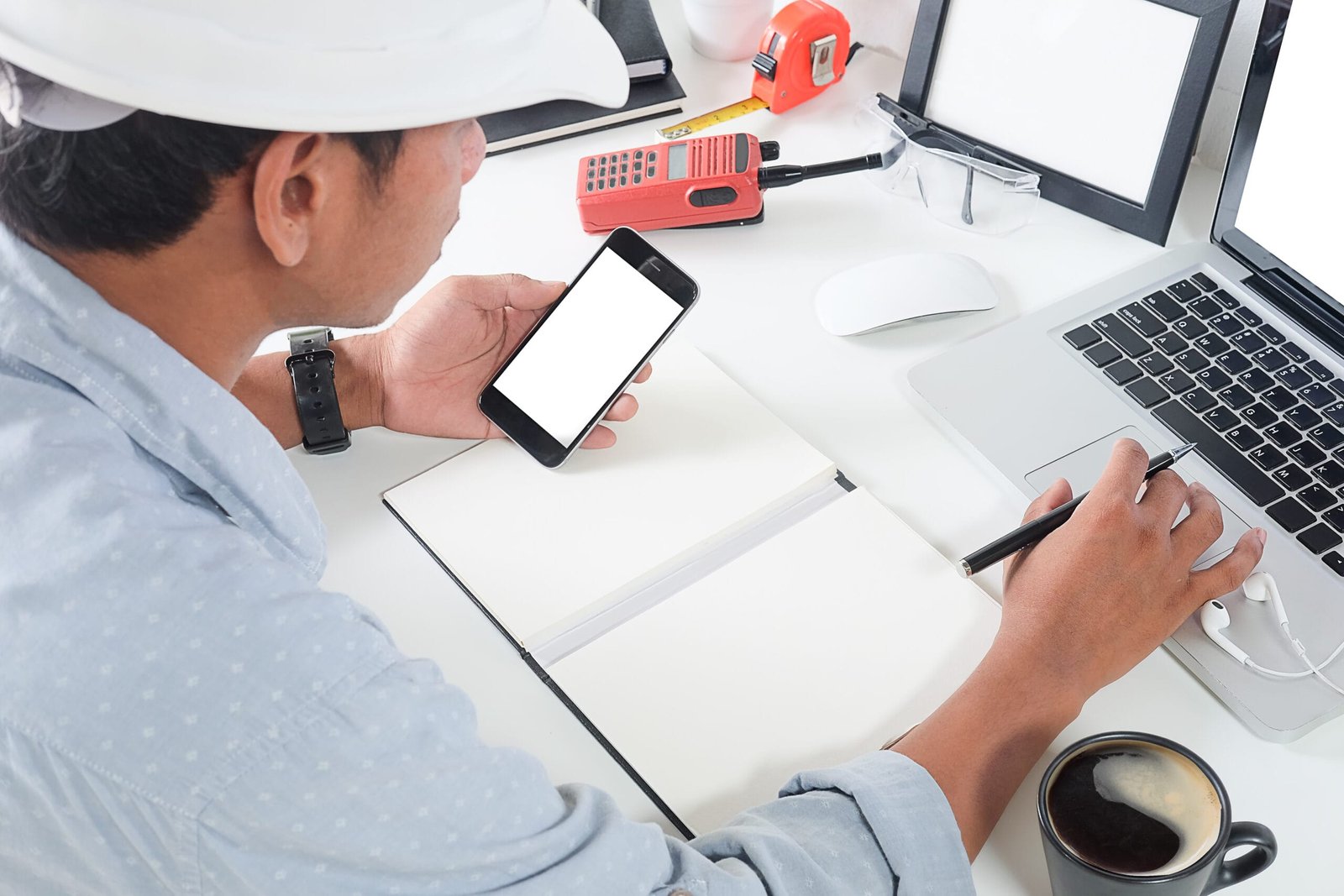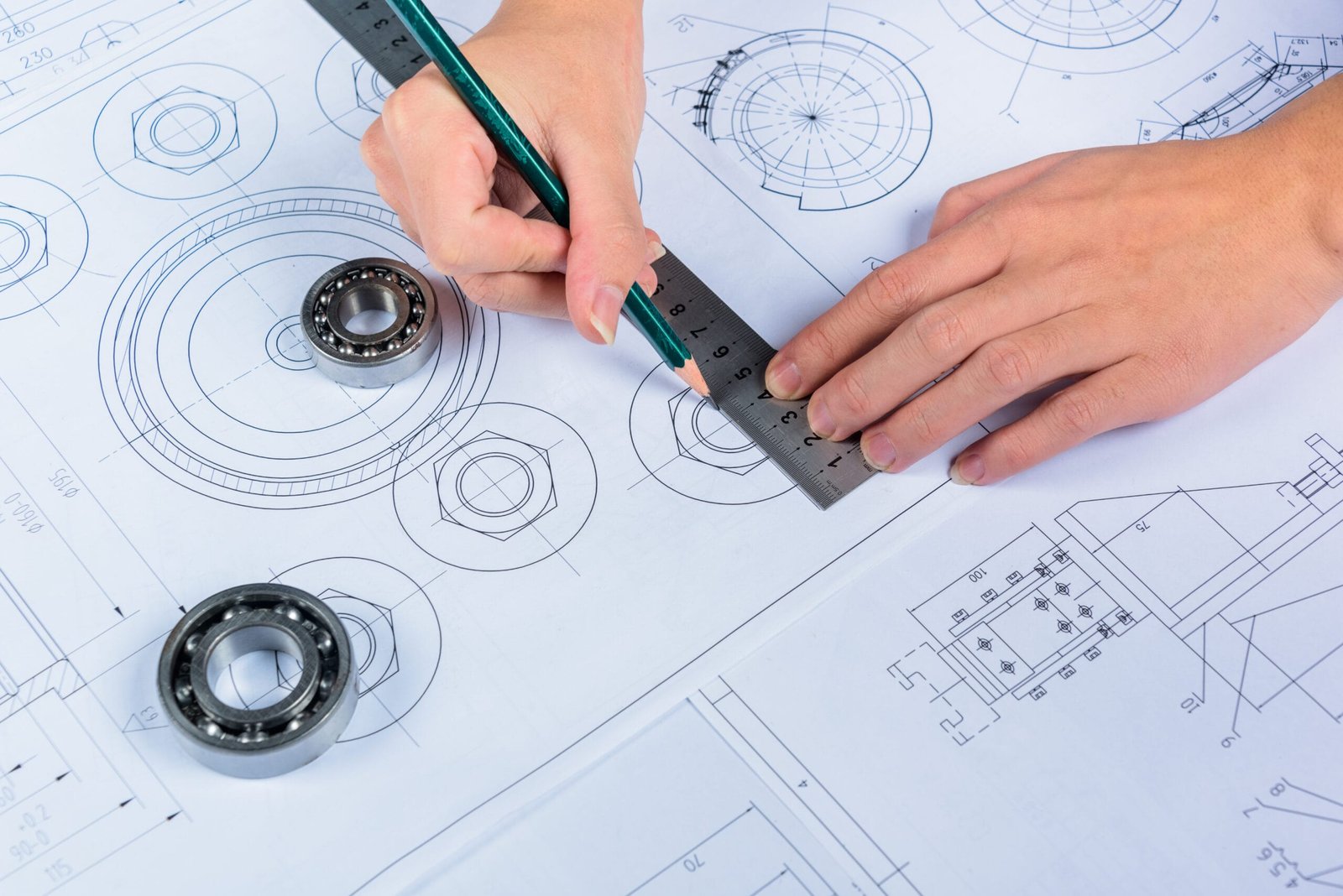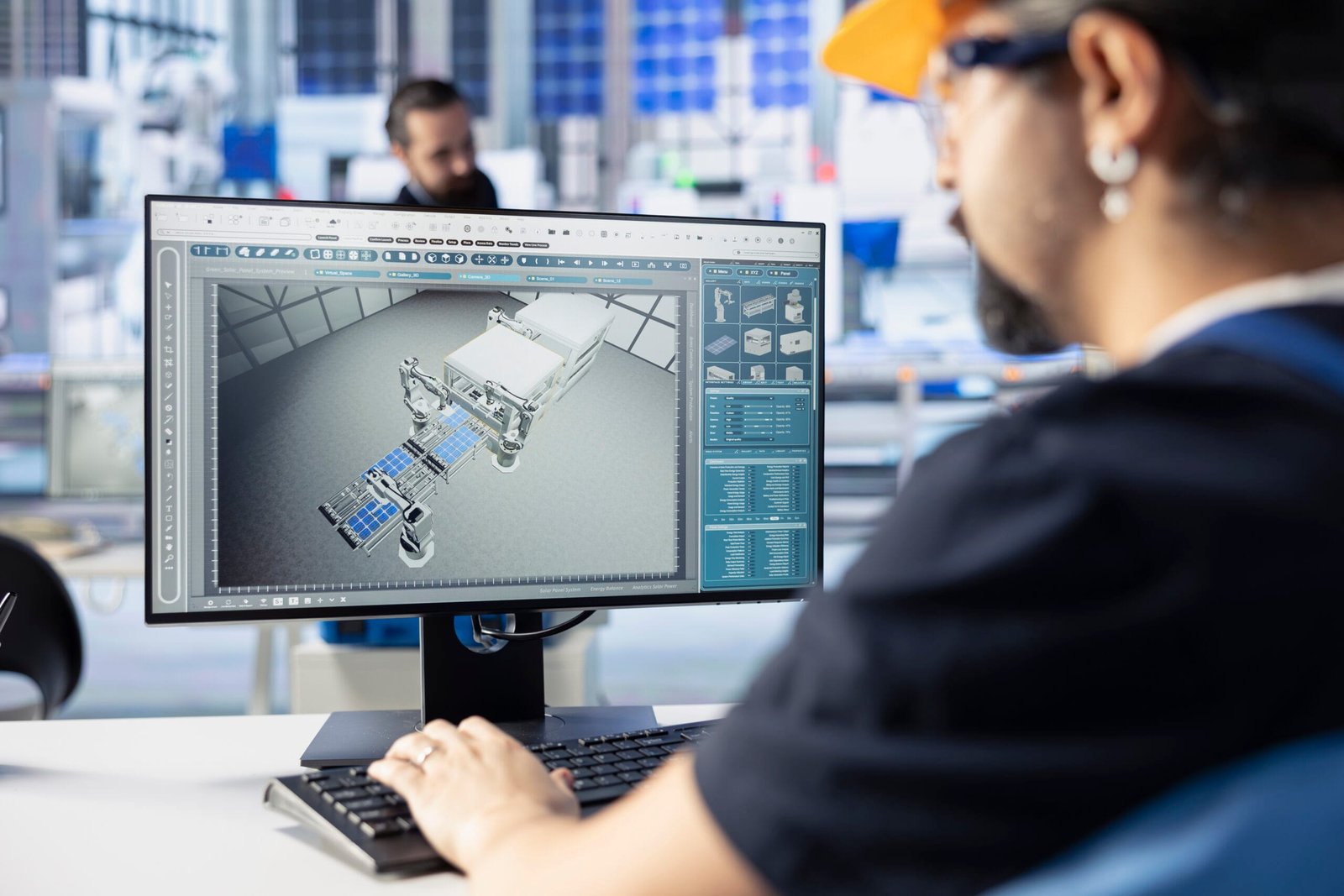Description:
Explore How Does 3D Modeling Work at DesignHok, from concept to final product. Learn about the tools, techniques, and benefits of 3D modeling services used in mechanical design, architecture, and product visualization.
Introduction
How Does 3D Modeling Work is the backbone of modern design, enabling engineers, architects, and product designers to bring their ideas to life with precision. At DesignHok, How Does 3D Modeling Work is more than just a digital skill—it’s an essential service that powers innovative design solutions across industries. Whether it’s a complex mechanical machine, architectural structure, or product prototype, 3D modeling provides a detailed visual representation that allows for accurate planning, modification, and execution.
In this blog, we’ll dive into How Does 3D Modeling Work for DesignHok, covering the processes, tools, applications, and how it supports the broader goals of mechanical design and engineering.
What Is How Does 3D Modeling Work?
How Does 3D Modeling Work is the process of creating a three-dimensional digital representation of an object using specialized software. Unlike 2D drawings, which show flat images from specific views, 3D models allow designers to rotate, scale, and analyze every angle of the design. These models are used in everything from concept development to virtual testing and final presentation.
The How Does 3D Modeling Work Workflow at DesignHok
At DesignHok, How Does 3D Modeling Work follows a structured workflow to ensure high-quality results that meet client expectations:
1. Requirement Analysis
Before starting any 3D modeling project, DesignHok’s team discusses the client’s needs, technical specifications, and project goals. This phase includes:
- Understanding the type of product or structure
- Reviewing reference images or sketches
- Identifying scale, material, and mechanical properties
2. Concept Sketching and Reference Gathering
Designers often begin with 2D sketches or concept art. These initial sketches act as a reference for building the digital model. At this stage, existing CAD files, engineering drawings, or product blueprints may be reviewed and converted into 3D form.
3. Modeling Process
This is the core phase where the actual 3D model is created using software like
- Autodesk Fusion 360
- SolidWorks
- AutoCAD 3D
- Blender
- SketchUp
- Creo
Techniques such as polygonal modeling, surface modeling, or solid modeling are used depending on the project’s needs. For mechanical projects, parametric modeling is often applied to maintain design constraints.
4. Texturing and Materials (Optional)
If the model is used for rendering or presentation, materials, textures, and colors are added to simulate how the object will look in real life. This is essential for client approvals and marketing visuals.
5. Testing and Simulation
For mechanical models, simulation tools help test the object’s strength, functionality, and performance under real-world conditions. Stress analysis, motion studies, and load tests are run to improve the design.
6. Finalization and Export
Once everything is confirmed, the model is finalized and exported in formats like STL, STEP, or OBJ for manufacturing, 3D printing, or presentation.
Tools and Technologies Used by DesignHok
DesignHok uses cutting-edge 3D modeling tools that suit different industries:
- AutoCAD 3D for architectural and engineering drawings
- Fusion 360 and SolidWorks for mechanical design and simulation
- Blender for detailed product renders and animations
- SketchUp for architectural models and quick prototypes
By leveraging these tools, DesignHok ensures precision, speed, and high-quality output in all its projects.
Applications of 3D Modeling at DesignHok
How Does 3D Modeling Work at DesignHok is not limited to one field. Here are the main areas where it plays a vital role:
1. Mechanical Design Projects
DesignHok creates highly detailed 3D mechanical components and assemblies. This helps manufacturers visualize, test, and optimize machines before production begins.
2. Architectural Visualization
3D models help visualize interior and exterior spaces with realistic lighting, textures, and landscaping. Clients can walk through a virtual model and suggest changes before construction begins.
3. Product Design and Prototyping
DesignHok uses 3D modeling to develop product prototypes, which are then used for testing, 3D printing, and marketing. This reduces the risk of design flaws and speeds up the time to market.
4. Rendering and Animation
High-quality renderings and animations are created for promotional materials, investor pitches, and presentations. 3D models are the foundation for these visuals.
Benefits of 3D Modeling for DesignHok Clients
3D modeling brings many advantages for DesignHok clients:
- Enhanced Visualization: Clients see exactly what the final product will look like before production.
- Early Error Detection: Design flaws are caught early, saving time and money.
- Improved Communication: 3D visuals make it easier to explain ideas to clients and stakeholders.
- Faster Modifications: Changes can be made instantly in the digital model.
- Streamlined Production: Models are used directly for CNC machining or 3D printing.
Why Choose DesignHok for 3D Modeling?
DesignHok stands out because of its industry experience, skilled team, and advanced software capabilities. Whether you’re a startup developing a prototype or a company seeking a detailed mechanical design, DesignHok tailors its services to your exact needs.
Clients benefit from:
- Fast turnaround time
- Customized solutions
- Transparent communication
- Affordable pricing
- Attention to technical and visual detail
Conclusion
3D modeling is at the heart of what DesignHok offers—transforming concepts into detailed, workable models that help clients innovate, build, and succeed. From mechanical assemblies to architectural models, the 3D modeling services provided by DesignHok ensure clarity, accuracy, and visual impact.
By combining creative design with technical know-how, DesignHok empowers businesses to take their ideas from imagination to reality with confidence and clarity.
FAQs
Q1: What industries does DesignHok serve with 3D modeling?
A: DesignHok serves mechanical, architectural, manufacturing, and consumer product industries with tailored 3D modeling solutions.
Q2: Can I request changes after the model is created?
A: Yes, DesignHok offers revision rounds to ensure the model meets your expectations.
Q3: What file formats can DesignHok provide?
A: Common formats include STL, STEP, OBJ, IGES, DWG, and more based on the project’s needs.
Q4: Is 3D modeling suitable for prototypes?
A: Absolutely. 3D modeling is ideal for visualizing and testing prototypes before physical production.
Q5: Does DesignHok offer 3D rendering along with modeling?
A: Yes, rendering services are available for high-quality visuals used in presentations and marketing.





